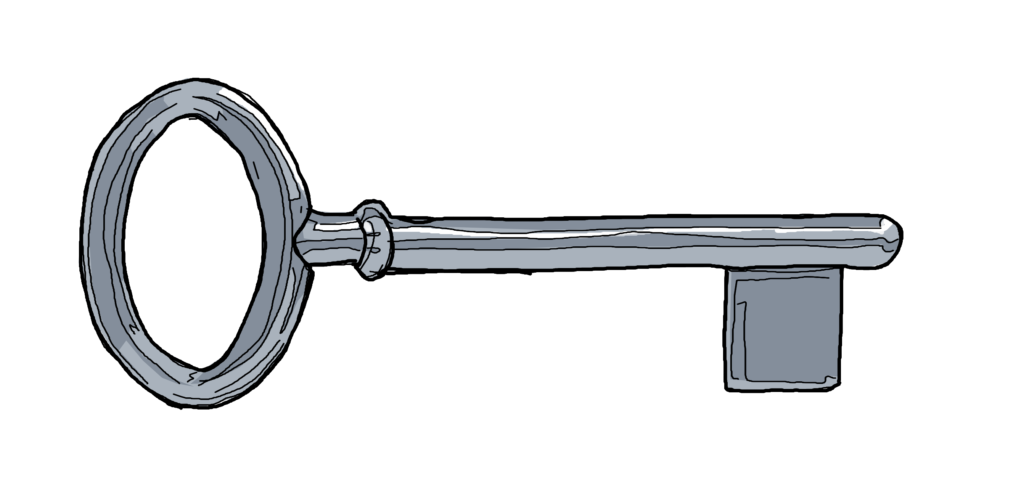
Manolis Mylonas, the son of Asia Minor refugees, was born and raised in Chania during the interwar period. His family lived in Splantzia, a major refugee neighbourhood in the heart of the city. They lived in a building with other refugees, one family per room.
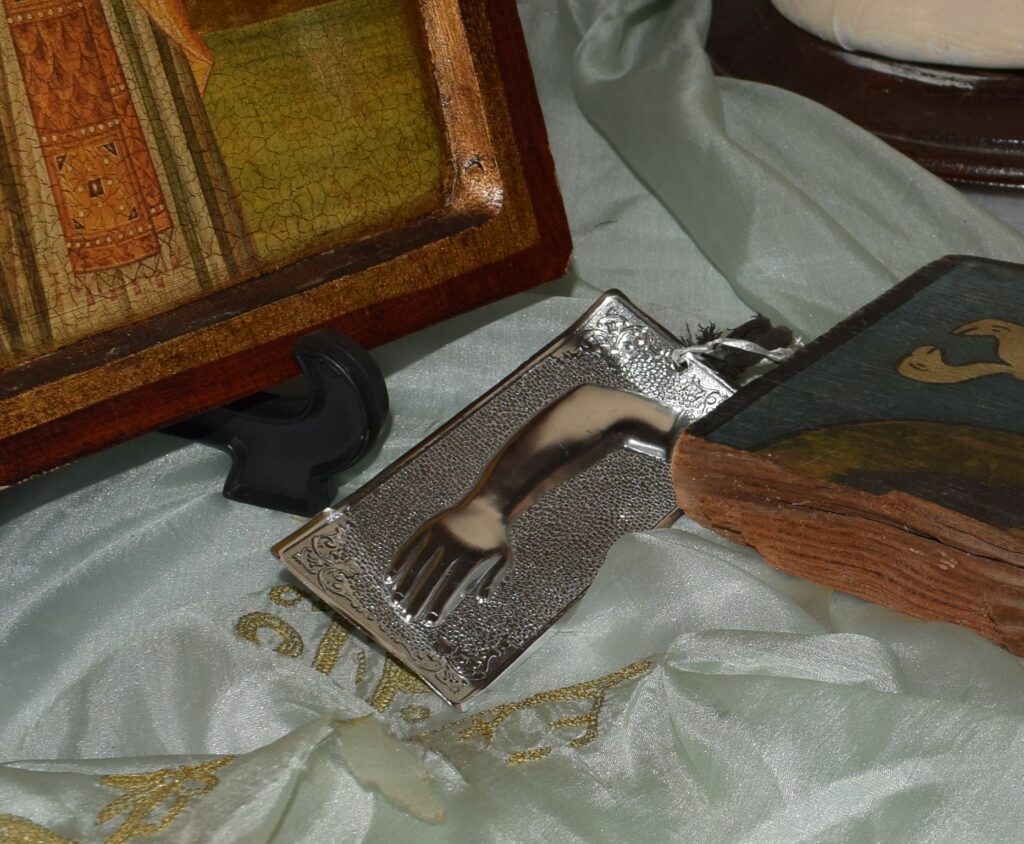
Metal plaques depicting two identical female figures holding a candle, a right arm, and a little girl are the votive offerings gracing the collection of the ‘Agios Polykarpos’ Brotherhood of Asia Minor Greeks of Chania, a collection of keepsakes donated by refugee families displaced from Asia Minor 100 years ago. The offerings depicting the female figures and the right arm appear to have come from a mould, while the one with the little girl was probably handmade.
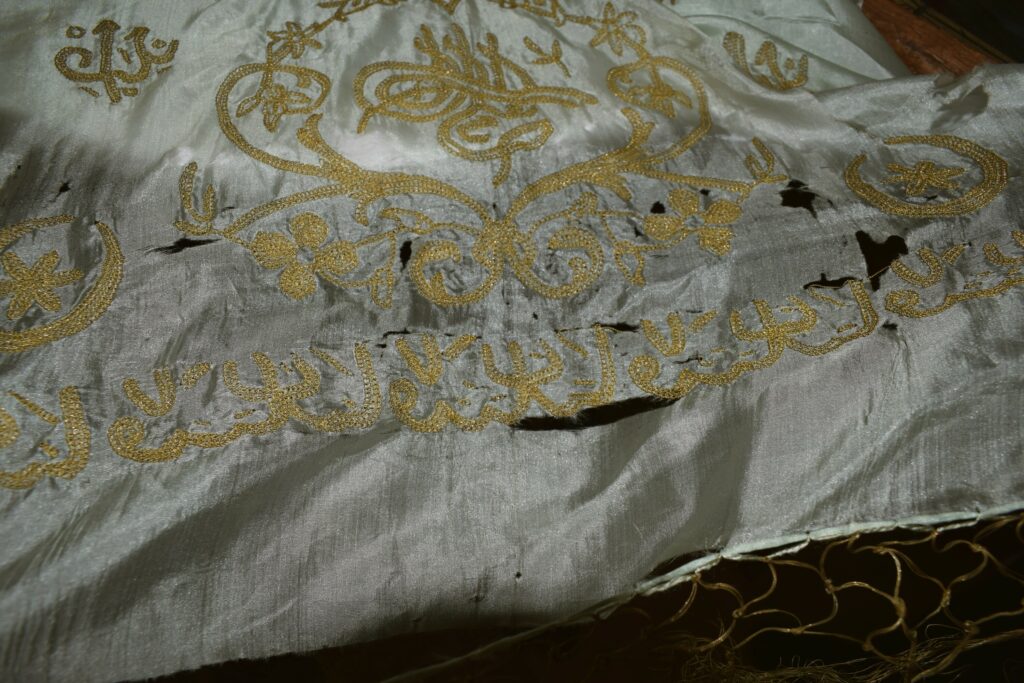
This Ottoman embroidery is not just a memento of the history of Asia Minor refugees, but also highlights the co-existence of national and religious groups on the eastern coast of the Aegean before the population exchange.
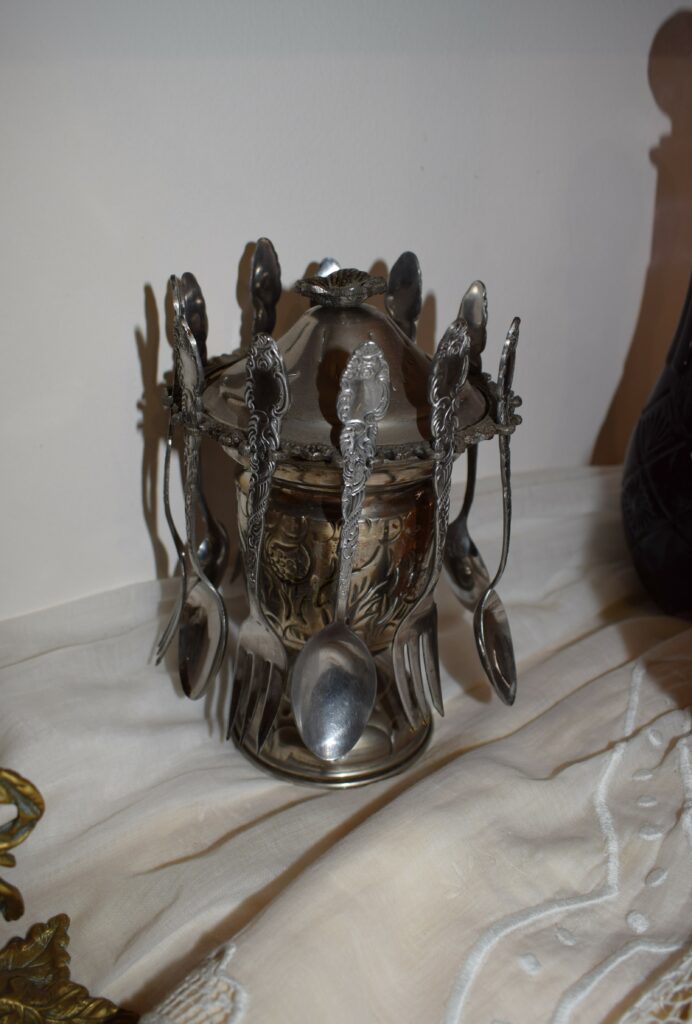
The most distinctive household items kept by the ‘Agios Polykarpos’ Brotherhood of Asia Minor Greeks of Chania in the ‘House of Asia Minor Greeks’ are probably a cutlery set and a pair of door handles.
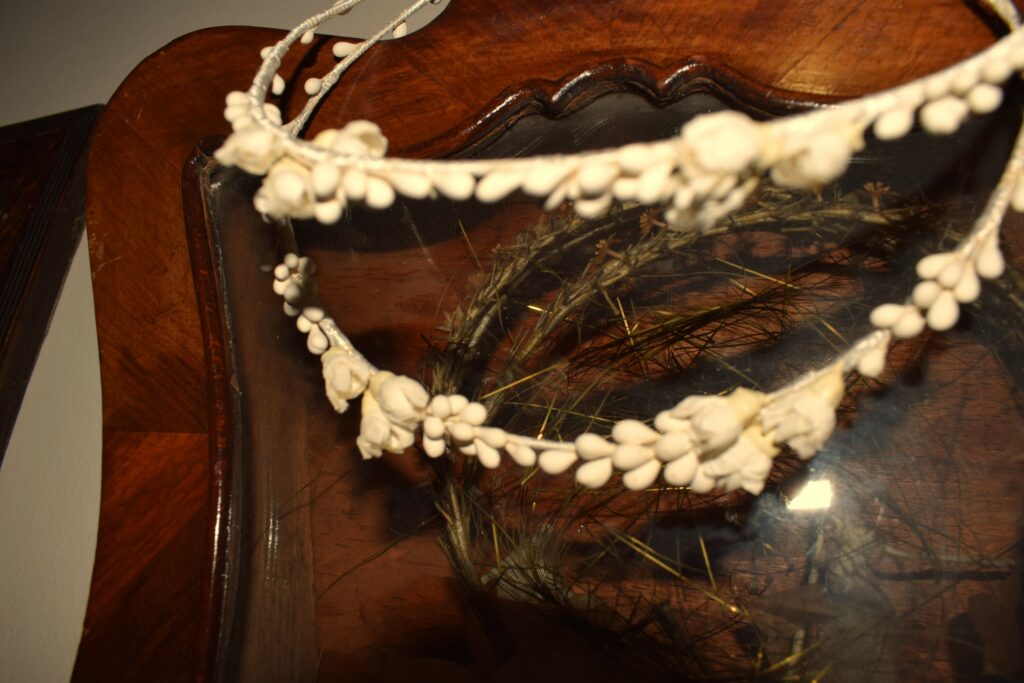
Two refugee families have donated the wedding wreaths brought over by their ancestors to the ‘House of Asia Minor Greeks’, a space where refugee keepsakes are exhibited by the ‘Agios Polykarpos’ Brotherhood of Asia Minor Greeks of Chania. One pair of wreaths is still in its display, which bears the initials ‘M.-E.’, while the second pair has survived tied up with its original ribbons.
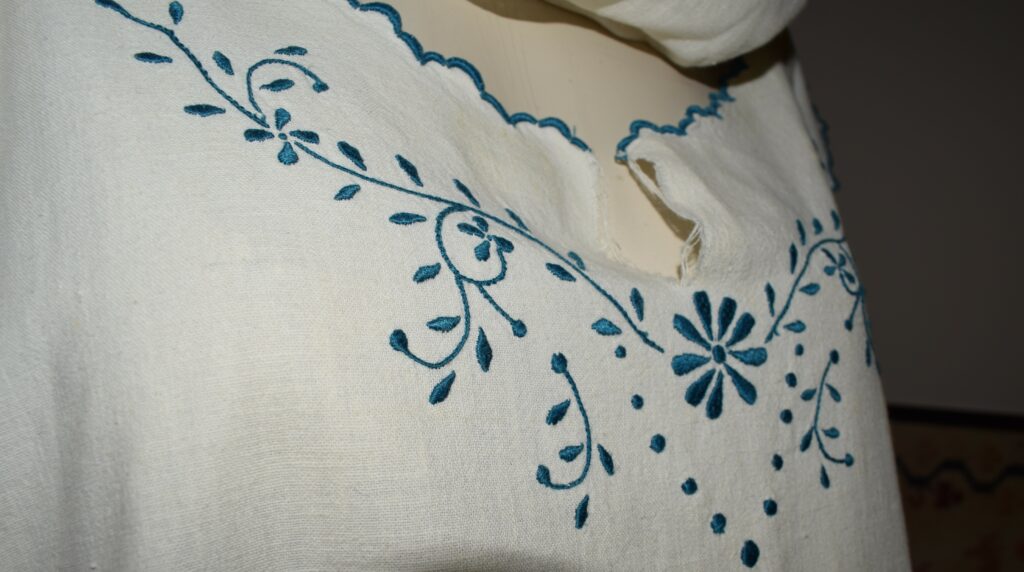
Nightgowns, dresses, linen were donated as keepsakes to the ‘House of Asia Minor Greeks’ established in Chania by the ‘Agios Polykarpos’ Brotherhood of Asia Minor Greeks of Chania. These clothing items, their white yellowed by wear and the passage of time, are now carriers of refugee memory from Asia Minor.
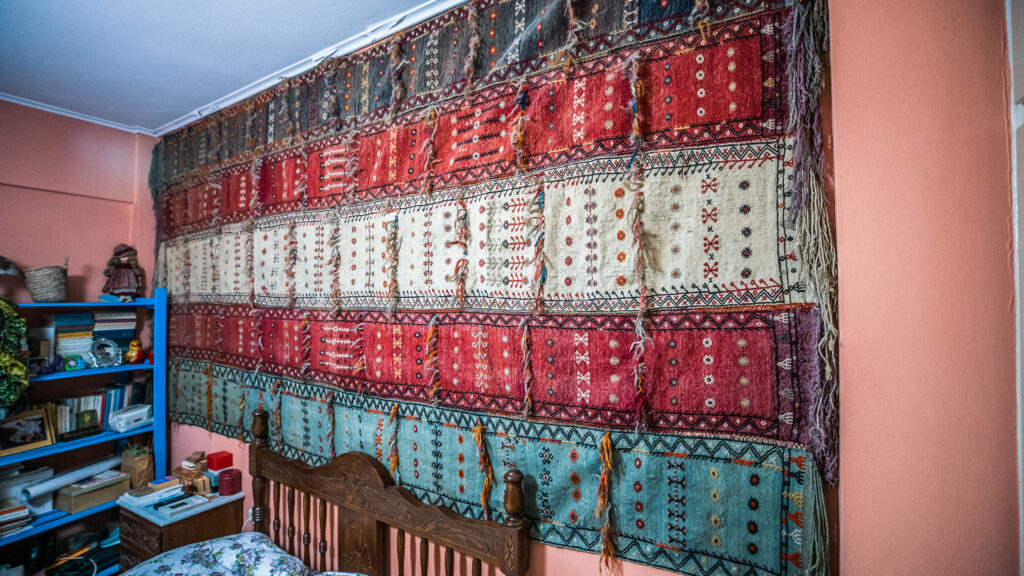
‘Kiz kilim. Bought in Thessaloniki in 1924 from an elderly Asia Minor refugee. Part of a dowry. It was the custom back then for all the friends of the bride to weave a kilim to which each friend would add some adornment as a memento; a piece of her dress, a lock of her hair, a feather from her favourite bird, a lucky charm.’ This short note handwritten by Chrysiida (Lou) Pierrakou (née Vatikioti) records the origins of this handmade rug and the starting point of its long journey.
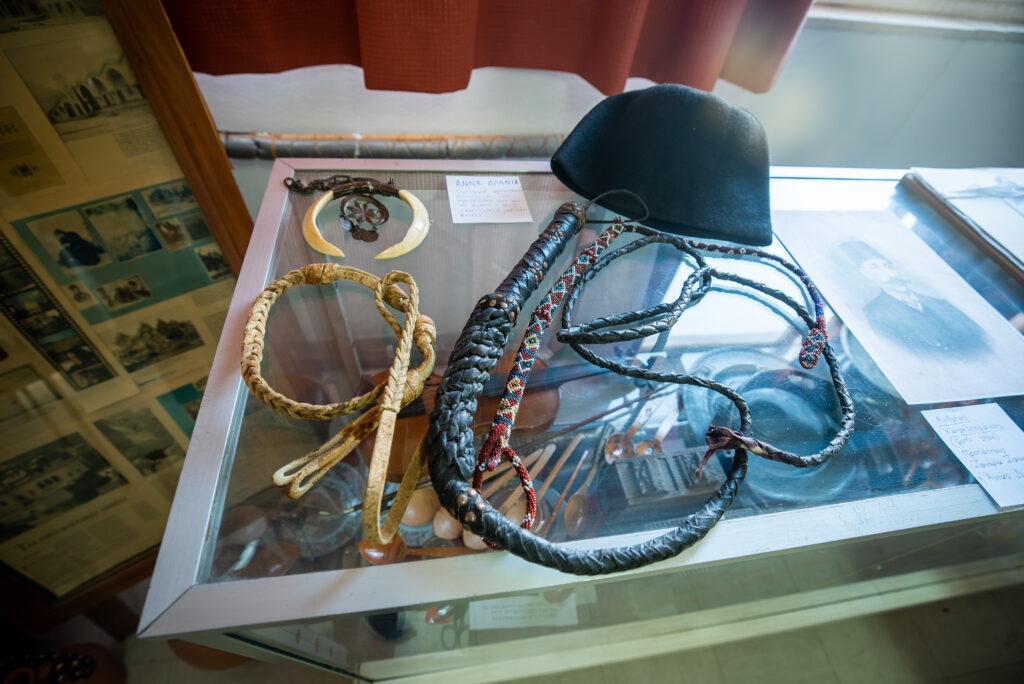
Anna Drania donated to the small museum of the ‘Nea Sinasos’ Association the horse decorations, the whip and the hat belonging to her great-grandfather Andreas Chatzitheofanous, who arrived in Greece as an exchangeable refugee in 1924. He was accompanied by his entire family and they all settled in Hydra, leaving behind their wealth and a comfortable life which Andreas tried to rebuild in Greece.
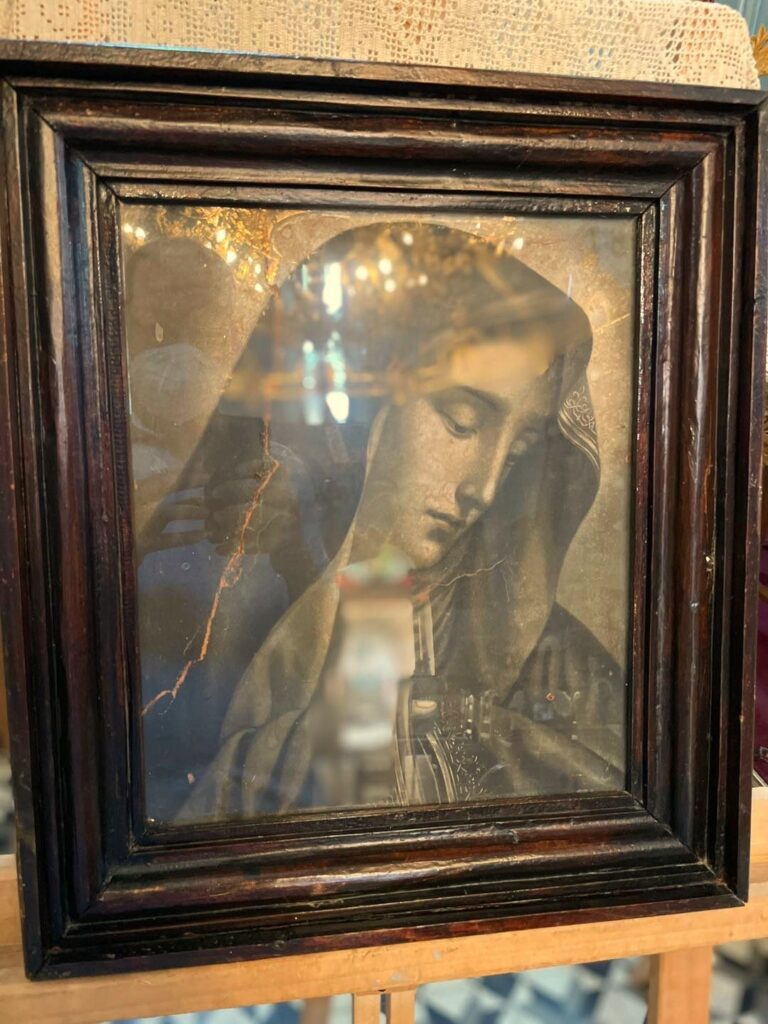
Holding baby Jesus, showing tenderness and mercy, being blessed and full of grace, giving life, mourning, praying; these are just some of the iterations of Virgin Mary, the ‘Mother of God’, in the Orthodox tradition and art. As descendants of refugee families, the members of the ‘Agios Polykarpos’ Brotherhood of Asia Minor Greeks of Chania are responsible for the preservation of the icons their Asia Minor ancestors brought with them.
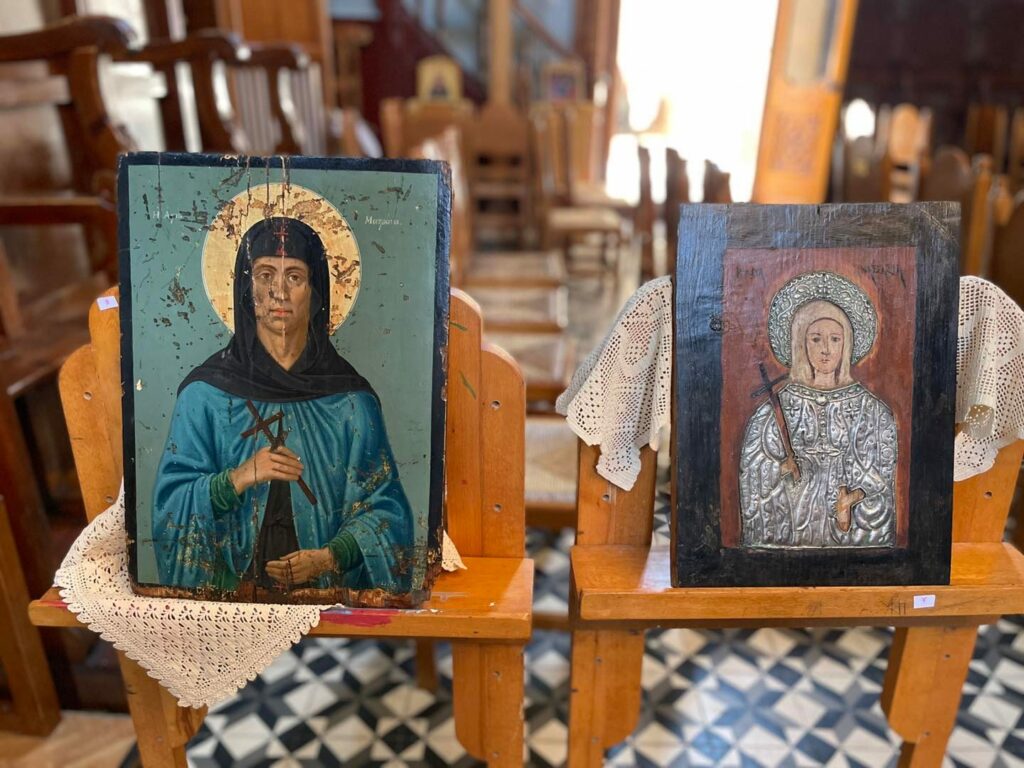
The role of these icons is two-fold according to the Brotherhood. On the one hand, they constitute evidence of the religiosity and piety of the refugees both when they lived in Asia Minor and after they resettled in Greece. On the other, they link refugee descendants to their ancestors’ homelands.









